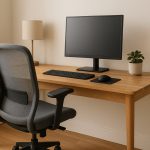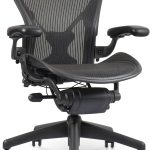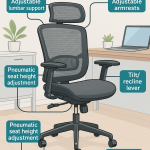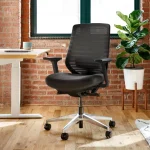Are you still working from that wobbly old desk chair? If so, you might be missing out—big time. Investing in ergonomic office chairs isn’t just about comfort or looks; it’s about improving your well-being and daily productivity in ways you might not expect.
Below, I’ll reveal seven real-world benefits of trading up to an ergonomic office chair—based on research, expert advice, and what actual users experience once they make the switch. No hype, just honest reasons you’ll actually feel the difference.
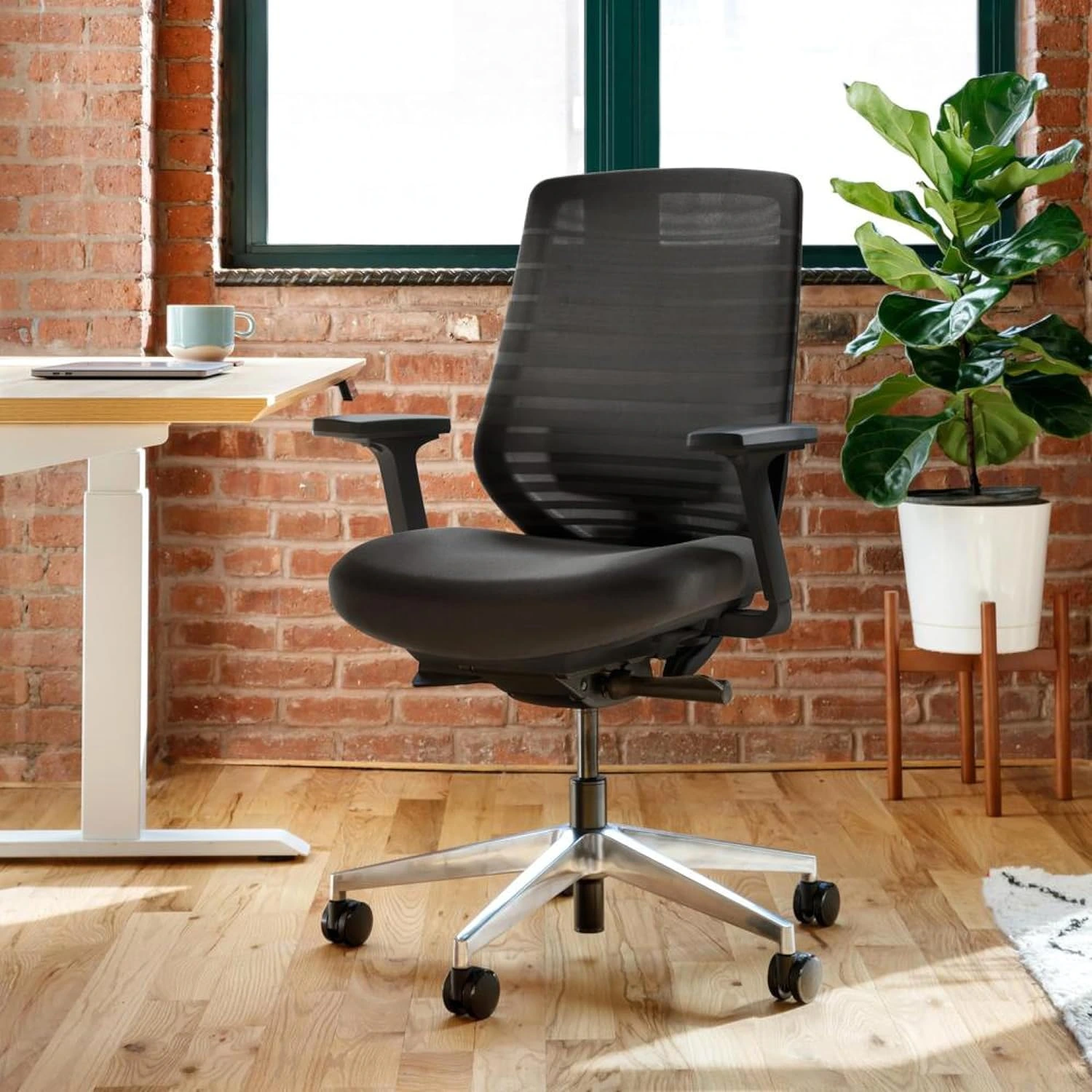
1. Say Goodbye to Back Pain (Really!)
Back pain is one of the most common complaints among office workers, gamers, and students alike. The best ergonomic office chairs feature adjustable lumbar support, meaning they hug the natural curve of your back and significantly reduce the pressure on your spine. Forget those days of standing up stiff or reaching for painkillers after work—a proper chair can be transformative.
An ergonomic office chair helps relieve back pain by maintaining spinal alignment, supporting the lumbar curve, and reducing pressure on the lower back during long sitting hours.
Need relief? We’ve covered chairs designed for back pain in this guide.
2. Boost Your Focus & Productivity
Ever find yourself constantly shifting, fidgeting, or getting up to stretch? Discomfort distracts you and zaps your energy. By supporting healthy posture and keeping you comfortable for hours, ergonomic office chairs help you stay locked-in to your tasks—whether it’s finishing a big project or just getting through long meetings without a grimace.
Real Example:
When I switched from a basic swivel chair to a mid-range ergonomic model with adjustable seat depth, I immediately noticed fewer “micro-breaks.” Over a month, my output improved by nearly 20%, simply because I stayed focused longer without discomfort.
3. Improve Your Circulation
Long periods spent sitting in a standard chair can compress blood flow to your legs and feet. Ergonomic chairs offer adjustable seat height and depth, helping keep your knees at a healthy 90-degree angle. This small change can make a big difference—promoting better blood flow and reducing tingling, numbness, or swollen ankles at the end of a workday.
If you often experience “pins and needles” while working, check that your feet rest flat on the ground or on a small footrest. Even subtle adjustments help your circulation tremendously.
4. Reduce Neck & Shoulder Tension
Does your neck or upper back ache after a few hours at your desk? Ergonomic office chairs are designed with adjustable armrests, headrests, and flexibility so your upper body gets the support it needs. No more hunching or scrunching your shoulders—just smooth, relaxed posture all day.
Pro Tip: Align your monitor so the top of your screen is at or slightly below eye level. This small change can relieve as much strain as upgrading your chair.
5. Stay Cool and Comfortable Year-Round
Good ergonomic chairs often use breathable mesh or hybrid materials, which allow air to circulate and keep you from overheating—unlike many old-school padded seats. If you live in a warm climate or simply “run hot,” you’ll truly appreciate this subtle upgrade.
Mesh chairs like the SIHOO M18 or Hbada E3 use flexible backrests that support posture while letting air flow freely.
Disclosure: As an Amazon Associate, we earn from qualifying purchases.
6. Encourage Healthy Micro-Movements
Static sitting is the enemy of comfort. The best ergonomic office chairs have dynamic tilt and recline features, letting you lean, rock, and readjust easily. This not only prevents stiffness but subtly encourages movement—keeping your muscles more engaged and reducing the fatigue of sitting still.
Quick Checklist: How to Sit Dynamically
- Use a chair with tilt tension control.
- Change your sitting angle every 30–45 minutes.
- Alternate between upright and slightly reclined positions.
- Stand and stretch at least once an hour.
These micro-movements reduce spinal compression and refresh your energy.
7. Long-Term Value (for You—and Your Wallet)
It’s easy to think of ergonomic office chairs as a luxury. But consider this: by investing in comfort, you’ll reduce days lost to pain, doctor visits, or even early chair replacements. Top-rated ergonomic chairs often last years longer than bargain models, bringing you real value and support over the long run.
Looking for cheaper options? Explore our picks for budget ergonomic chairs.
8. Prevent Postural Fatigue and Slouching (New Insight)
Over time, your body adapts to how you sit. Cheap chairs allow your pelvis to tilt backward, forcing the spine into a “C” shape. Ergonomic designs counter this by supporting the hips forward, helping your spine retain its healthy “S” curve. The result? Less fatigue and better long-term posture—especially for remote workers spending 6–8 hours seated daily.
According to the Occupational Safety and Health Administration (OSHA), proper ergonomic alignment can reduce musculoskeletal stress and prevent chronic pain syndromes.
9. Bonus: Mental Clarity and Mood Boost
It’s not just your back that benefits. Comfort and posture affect cognitive performance too. Studies show that maintaining neutral spine alignment and stable oxygen flow improves focus, reduces mental fatigue, and even elevates mood—important for anyone working from home or managing long creative sessions.
Final Tip: Choose What Fits You
There’s no one-size-fits-all option. Selecting the best ergonomic office chair means looking for adjustments, lumbar support, seat depth, and materials that match your body and habits. Try chairs with a trial period if you can, and trust real-user reviews over marketing claims.
Ready for Comfort?
Check out our full guide to the Best Ergonomic Office Chairs of 2025 for in-depth reviews, budget-friendly picks, and how to spot genuine posture support features that make a difference. Your back—and your future self—will thank you.
🧠 FAQs
Most users notice reduced tension within the first week. For chronic back pain, posture improvements may take 2–4 weeks of consistent use.
Yes. Your body may need time to adjust from slouched to supported posture. This is normal and usually resolves after a few days.
A 100–110° recline keeps pressure off your lower spine while maintaining upright comfort.
- Why Ergonomic Chairs Help Lower Back Pain (and How to Sit Right)
- How to Adjust an Ergonomic Office Chair for Perfect Posture
- 🏠 How to Set Up an Ergonomic Workspace on a Budget
- Herman Miller Aeron Review (2025) — Comfort, Support & Durability
- How to Spot a Quality Affordable Ergonomic Chair: 6 Key Features That Matter
- 5 Common Mistakes People Make When Using Ergonomic Chairs for Back Pain (And How to Fix Them)


